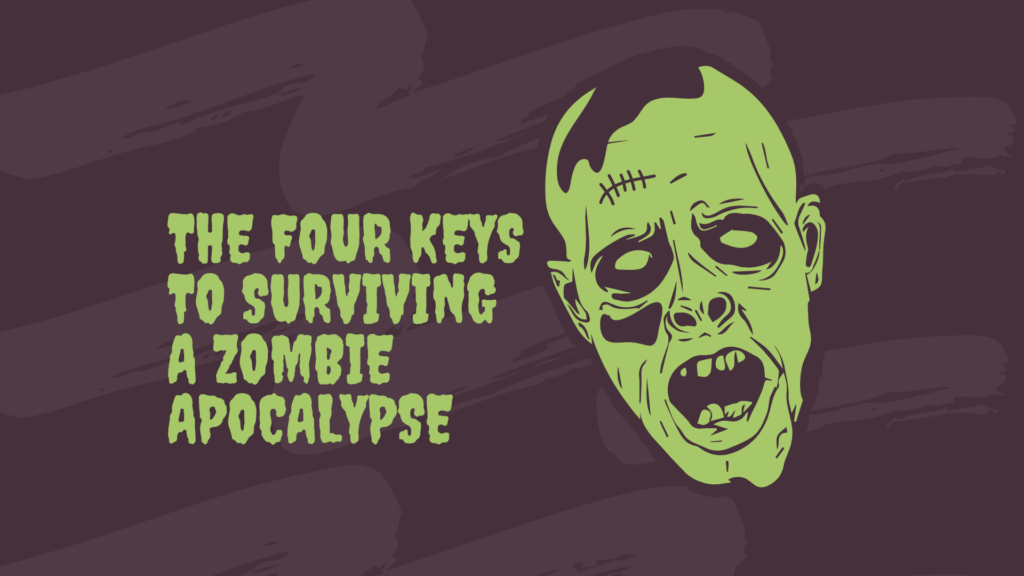Leadership Challenge: Create Collective Genius to Innovate Education

The question is not How do I make innovation happen? but, rather, How do I set the stage for it to happen?
– Linda A. Hill, Greg Brandeau, Emily Truelove, and Kent Lineback

INTRO
The role of a leader of innovation is not to set a vision and motivate others to follow it. It’s to create a community that is willing and able to innovate. By studying the success of innovative organizations and companies for the Harvard Business Review, Linda A. Hill, Greg Brandeau, Emily Truelove, and Kent Lineback identified key elements and practices of innovative leaders as well as paradoxes of innovation.
Education needs daring, innovative leaders who are able and willing to forge the way for future generations of students. The ideas and tips provided here can be where you start.
OBJECTIVES
- Understand the concepts of collective genius and the paradoxes of innovation
- Reflect on your role as an innovation leader
- Begin brainstorming how you can create an environment of collective genius at your school/district
THE CHALLENGE
Competitiveness depends in great part on the ability to innovate. The perennial challenge, then, is to build an organization capable of innovating again and again.
THE KEY
So the role of a leader of innovation is not to set a vision and motivate others to follow it. It’s to create a community that is willing and able to innovate.
THE HOW
Fostering willingness means creating communities that have both a sense of purpose and shared values and rules of engagement that are designed to encourage collaboration, discovery-driven learning, and integrative decision-making.
Fostering ability requires developing three organizational capabilities: creative abrasion, creative agility, and creative resolution.
FOSTERING WILLINGNESS
Create a sense of community with shared purpose, shared values, and a clear rules of engagement (how we interact with each other and approach problems and challenges).
FOSTERING ABILITY
Creative Abrasion: Ability to generate ideas through discourse and dialogue.
Creative Agility: Ability to test and and experiment through quick pursuit, reflection, and adjustment
Creative Resolution: Ability to make integrative decisions that combine disparate or even opposing ideas.
PARADOXES OF INNOVATION
- affirming the individual and the group (me/we)
- supporting and confronting (creative friction)
- fostering experimentation and learning and performance (performance frameworks)
- promoting improvisation and structure (tight/loose)
- showing patience and urgency (go slow to go fast)
- encouraging bottom-up initiative and intervening top-down (tight/loose)
REFLECTION: Are You an Innovation Leader?
Ask yourself these questions about your school/district:
- Do members of my school/district feel part of a community?
- Does my school/district have a shared purpose — one that binds us together and compels us all to do the hard work of innovation?
- Does it live by rules of engagement supportive of a set of core values: bold ambition, responsibility to the community, collaboration, and learning?
- Do we have the ability to generate ideas through candid discourse and debate?
- Do we have the ability to test ideas through quick pursuit, reflection, and adaptation?
- Do we have the ability to make integrative decisions, rather than compromising or letting some groups dominate?
Ask yourself these questions about your own leadership mindset & practices:
- Do I think my primary job as a leader is to create a context in which my team can innovate?
- Am I comfortable serving as the “stage setter” as opposed to the visionary leading from the front?
- Do I have the courage and patience required to amplify differences, even when discussion becomes heated and when ambiguity and complexity loom?
TIPS
- Consider the 6 Paradoxes of Innovation the next time your school/district revises/develops instructional playbooks, structures, programs, etc.
- If you struggle to answer the reflection questions about your school/district (or you just want more accurate/objective answers), you may want to survey your staff with the questions to receive feedback and insight.






Responses